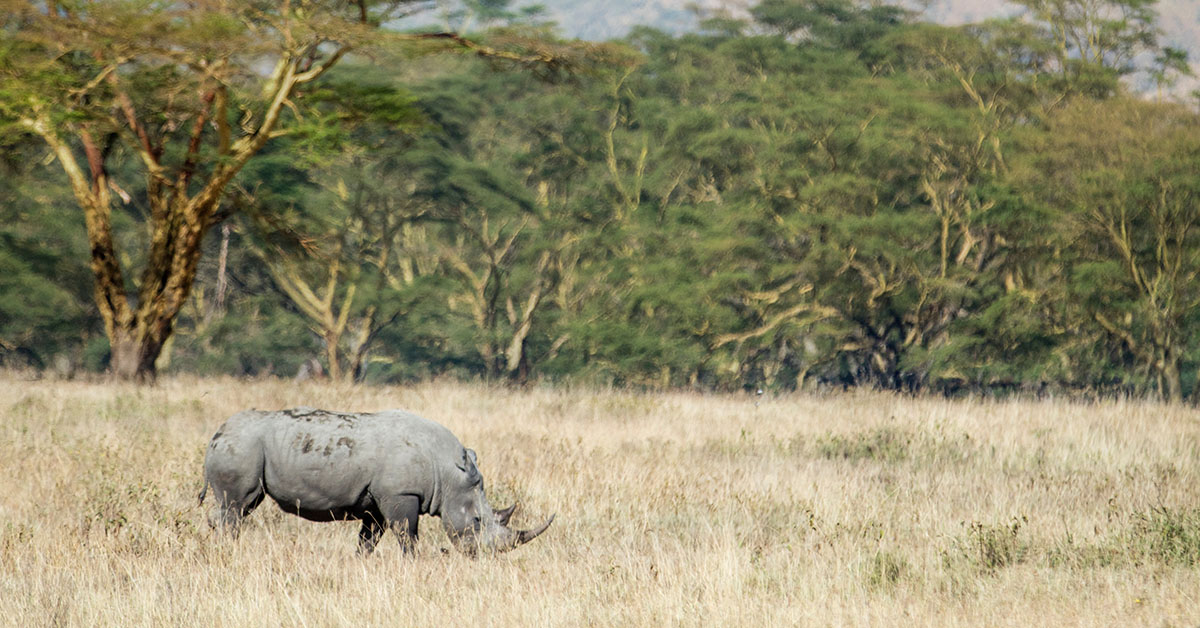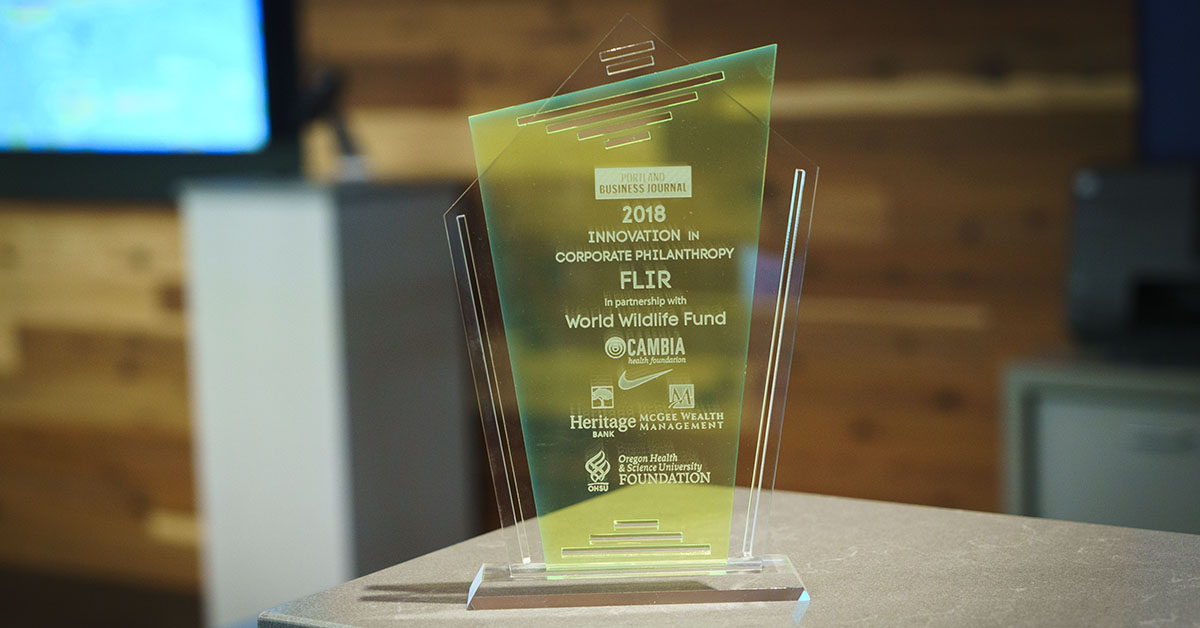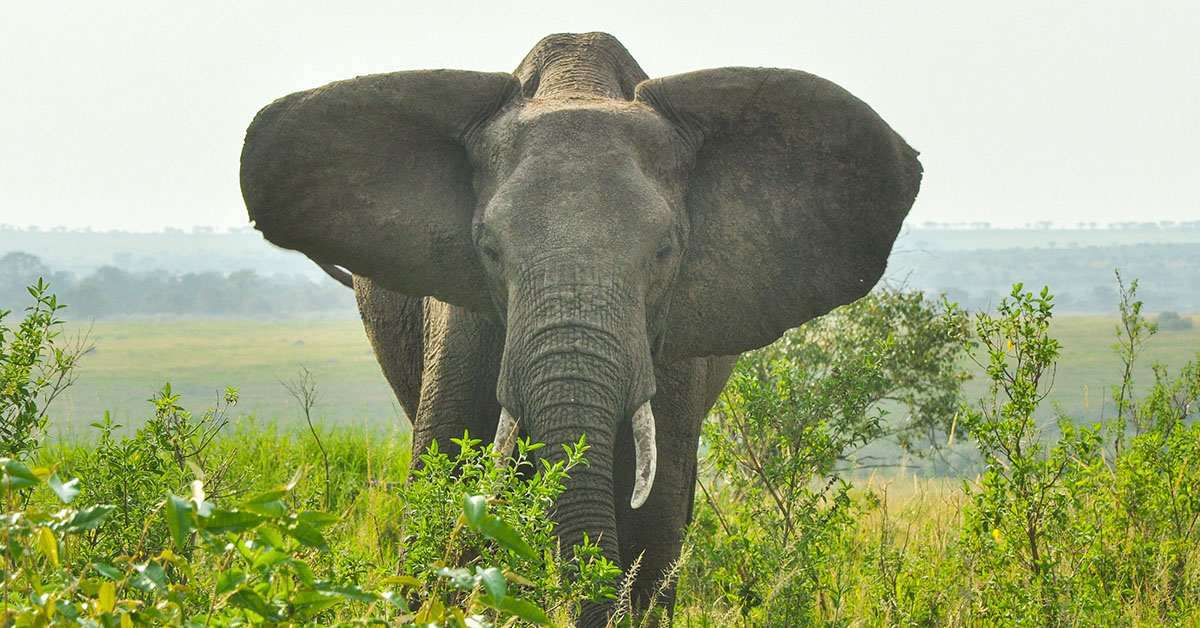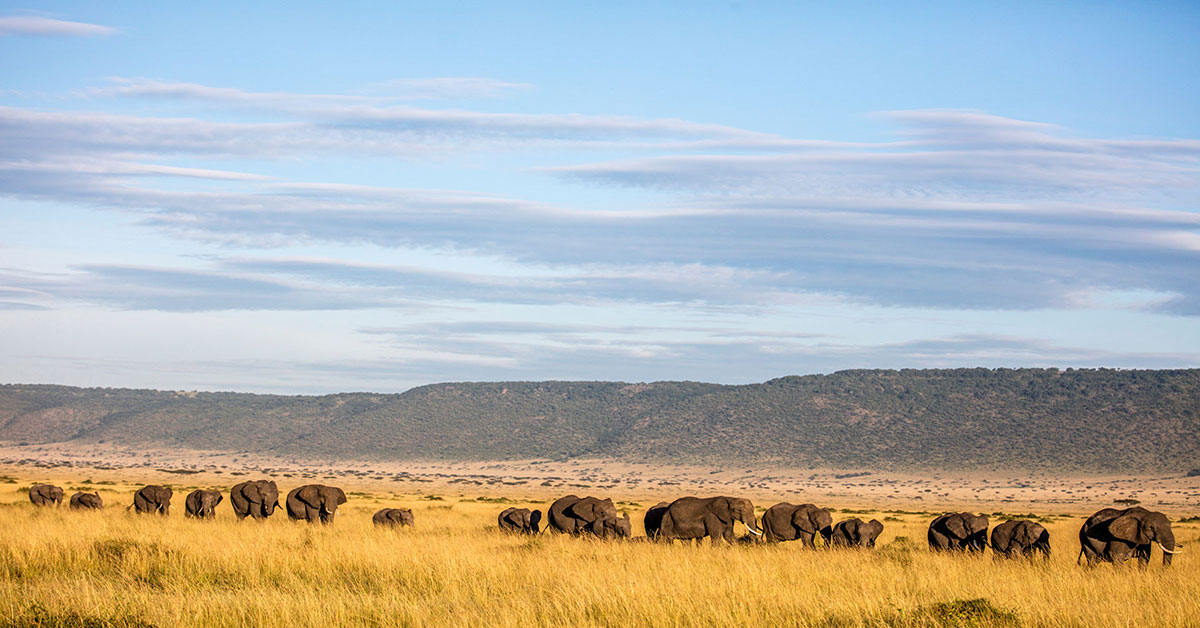The Kifaru Rising Project: Ending Rhino Poaching in Kenya

By Jim Cannon, FLIR CEO
Earlier today, I had the honor of joining World Wildlife Fund (WWF) CEO Carter Roberts at the Consumer Electronics Show (CES) to announce the Kifaru Rising Project, a collaboration between our organizations to end the poaching of rhinos in 10 parks and game reserves in Kenya using FLIR thermal technology. Our collaboration with WWF in the Kifaru Rising project signifies the broadest scale deployment of FLIR technology for wildlife protection and represents a vital step to help save these endangered animals. We’re confident in the project’s purpose based on dramatic results we’ve experienced in several years of smaller scale testing with WWF and rangers in Kenya.
WWF engineers have used FLIR technology in the field since 2016. In Kenya’s Maasai Mara Conversancy, rangers use fixed-mounted security cameras in known poaching corridors, or thermal handhelds and cameras mounted to vehicles for greater mobility to help locate and arrest poachers. Before introducing thermal technology, rangers used flashlights to find poachers who hunted and slaughtered animals primarily at night. Poachers would evade arrest by lying in the grass, but that ended with the introduction of thermal cameras. In Maasai Mara alone, local authorities arrested more than 160 poachers using FLIR technology.
The Kifaru Rising Project will leverage the experience gained in field testing and deploys thermal imaging technology more broadly with the people and places that need it most.
The Kifaru Rising Project
Kifaru is the Kiswahili name for rhino, and the multi-year project will deploy thermal imaging technology to help improve wildlife ranger safety and contribute to their mission to stop wildlife poaching of rhinos. FLIR will donate $3 million in technology, engineering assistance, and training with the goal of eliminating rhino poaching in these 10 parks by 2021. This is an ambitious goal we share with WWF, but anything less is failure.
Today, the wild population of 5,400 black rhinos makes it one the world’s most endangered species. The world’s last male northern white rhino died in Kenya in 2017. By eliminating poaching, the number one cause of rhino population decline, together with WWF we can help grow the number of black rhinos in these parks.
The parks and preserves were chosen in consultation with the Kenya Wildlife Service (KWS) based on the concentration of rhinos and the highest frequency of poaching incidents. Those parks include Lake Nakuru National Park, Solio Game Reserve, Meru National Park, Ol Pejeta Conservancy, Ruma National Park, Nairobi National Park, Ol Jogi Wildlife Conservancy, Maasai Mara National Reserve, and Tsavo East and Tsavo West National Parks.
To help protect these parks, FLIR will donate a variety of thermal imaging cameras, including law enforcement-grade handheld cameras, fix mounted perimeter security cameras, drone cameras, automotive, and maritime cameras depending on the needs of each area.
Poaching’s Terrorism Connection
The wild populations of rhinos and other endangered species like elephants and tigers are decreasing more rapidly in recent years due to poaching activity. The illegal global trade of endangered and protected wildlife is estimated up to $20 billion annually. Rhino horn per kilogram on the black market is worth more than gold. With this amount of financial potential, it is of little surprise that organized crime and terrorists are linked to poaching. Terrorists often use the money earned from poaching to fund other illegal activities, such as weapons and human trafficking.
While equipping rangers with thermal imaging has proven to change the balance of power for most poaching activities, terrorist-backed poachers present a different, more significant challenge. Terrorists bring more powerful weaponry to poaching activity, putting rangers’ lives in substantial danger. To combat it, terrorist-related poaching must involve governmental and military involvement and operations. Only military firepower and training can overtake well-armed, terrorist-backed poachers.
The broader key to eliminating poaching is stopping the demand for rhino horns. In Asia and other parts of the world, rhino horn is purchased for its purported medicinal use. As our colleagues at WWF continue to educate potential buyers, rhino horns consist of keratin, the same substance as human fingernails. While traditional medicines have proven to be effective for treating a variety of ailments rhino horn is not one of them. Widespread lies, myths and rumors fuel demand and use of rhino horn.
Partners Needed
While FLIR is making a significant investment to Kifaru Rising, the project has additional technology needs for it to succeed. For instance, fix mounted security cameras require persistent power supplies. This is a technical challenge in remote areas where power supplies do not exist. WWF engineers have ingeniously created solar panel installations that power these cameras, however, there are major costs to build and maintain them. Also, FLIR handheld cameras require regular charging. At some point in the next year, we will equip rangers with thermal-capable drones, but this too requires funding for equipment and training.
Additionally, a recent global report by WWF on the working conditions of rangers found that slightly over half of the rangers surveyed felt that their most basic equipment (uniforms, boots, tents, communication equipment) was insufficient for their job and led to poorer results. While at CES, Carter and I met with potential partners to join Kifaru Rising, and we are looking for other interested partners to join us in this battle.
I am excited to report today that rangers in all parks either have or will receive thermal handheld devices in the coming weeks. We are proud to support the Kenyan rangers – the true heroes in this battle – and we’re confident our technology will make a difference.
At FLIR, our mission is to innovate technologies that increase awareness and insight so that professionals can make more informed decisions that save lives and livelihoods. Our work with WWF on the Kifaru Rising Project embodies this mission.
If you have technology or equipment that could help in the Kifaru Rising project, please contact Evan Walker at WWF: Evan.Walker@wwfus.org.


